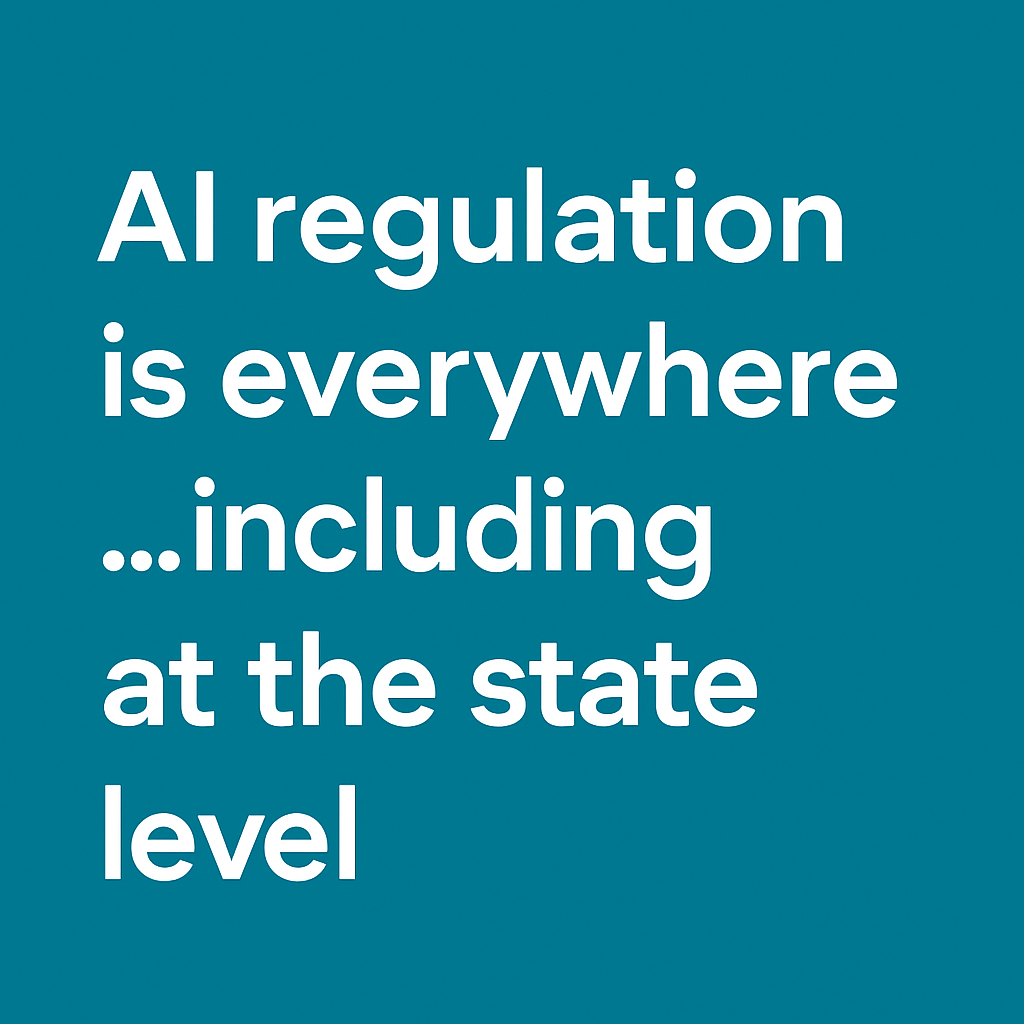As artificial intelligence (AI) continues to reshape businesses, we are all facing the same questions: To what extent should humans be involved as the models are built, trained, and fine-tuned? How much should we rely on AI decision-making? How do we embed ethics into AI?
These questions aren’t easy to answer, nor is there a one-size-fits-all solution. But in response to these concerns, the human in the loop approach has emerged as a cornerstone of responsible and effective AI deployment.
What is human in the loop?
The concept of human in the loop has been around for some time now, but it has become increasingly important over the last few years due to advances in AI technology. Human in the loop refers to the practice of incorporating human feedback during the development and use of AI systems. It’s an approach that aims to find the balance between the computational prowess of AI and the nuanced judgement and situational understanding only humans possess. Humans can provide context, expertise, and data that machines can't necessarily access on their own, so involving humans improves AI's accuracy and performance, and can help alleviate ethical, safety, and legal concerns.
Ultimately, we humans optimize AI output. From start to finish, top to bottom, it's vital to have us in the loop. As AI technology continues to grow at lightning speed, so too does the need to keep us in the loop with AI systems, from development to use.
Humans in the loop during AI tool development
About 60-80% of AI projects fail at some point in the model-building process, and one of the leading factors is lack of human involvement, mostly in the early stages of development. Clearly, the development of AI models requires a human element to produce robust, reliable AI systems.
There are several ways we can provide input during the development of AI models:
- Curating data. AI doesn’t build itself; we must gather the data sets that will be used to train the models. A model is only as good as its data, so make sure to collect quality data.
- Cleaning data. We need to set up data cleaning protocols and quality assurance tests to optimize the data fed into the model. Identifying and removing any data that may be irrelevant, inaccurate, or out of date is key.
- Labeling data. A vital step in building an AI model is labelling the data that it is used to train it. Labeling helps developers create models that can precisely detect phrases and words in text, objects and concepts in images and videos, or patterns in audio recordings.
- Mitigating bias. If training data sets are not carefully curated and filtered, there is potential for bias against demographic groups or statistical phenomena to be built into the model.
- Conducting tests. Routine, thorough testing is used to identify any of the algorithm’s errors, which can then be corrected before release to help ensure accurate results.
Essentially, humans contribute the context necessary for AI to perform well. With proper human oversight, AI systems can more accurately represent real-world scenarios or avoid the pitfalls (such as bias) embedded in some real-world datasets.
Once AI is implemented, it is essential for developers to solicit feedback from end users regarding the accuracy and relevance of the output. By including human input at each step, developers can build high-quality, value-adding products.
Humans in the loop as AI users
After AI systems are deployed for practical use, keeping humans in the loop remains equally important, helping to ensure output continues to be accurate as well as compliant with ethical and legal guidelines. Whether you’re using traditional AI to analyze data or generative AI to create content, it’s imperative to review its output. You can think of AI as your intern: Train and trust it to get basic work done, but you’ll always need to double-check it.
Download the white paper → Considering AI solutions for your business? Ask the right questions.
There are many ways we should remain in the loop as users of AI:
- Checking quality. Typically, it’s necessary to tweak a few things to bring the AI output up to par with your work. AI might help you complete a task, but does it deliver the same quality you would? For example, a customer service rep may need to refine AI conversational suggestions to match the firm’s brand voice or include the most up-to-date information.
- Confirming accuracy. We’re all familiar with generative AI’s inclination to hallucinate, so it’s absolutely critical to fact-check AI results. You would never want to make decisions or communicate with clients based on false information. For example, lawyers who use AI to write briefs must double-check that the cases cited are real.
- Providing feedback. No AI is perfect, so if a model is routinely underperforming, the developers need to know. For example, you can note incorrect grammar suggestions in most word processors; that feedback gets reviewed in the back end and helps the AI course correct.
Ultimately, keeping humans in the loop offers numerous advantages, especially when it comes to upholding quality standards and your firm’s reputation. No matter how powerful an AI system may be, it cannot completely replace us. AI works best when it partners with humans.
The ethics of keeping humans in the loop with AI
At the crux of the necessity to keep humans in the loop with AI are ethics. We can’t rely on AI to be ethical 100% of the time, so human checks and balances are essential.
Ethical considerations include:
- Demographic bias. While AI can inadvertently perpetuate demographic biases (such as suggesting professionals or criminals look a certain way) present in training data, human oversight can help identify and rectify them.
- Accountability. Human experts remain accountable for decisions made with and by AI. Power can’t be delegated to machines without accountability.
- Automation bias. We tend to trust technology without question. There is a risk that humans will over-rely on AI and not exercise good judgement.
Ultimately, though AI systems are designed to improve the quality and accuracy of decisions, it is still up to us as people to ensure that they are used appropriately and for the benefit of all. AI models aren't one-and-done; they require continuous refinement.
Are you considering AI solutions for your business? Make sure to ask the right questions.
The information regarding AI tools provided herein is for informational purposes only and is not intended to constitute a recommendation, development, security assessment advice of any kind.
The opinions provided are those of the author and not necessarily those of Fidelity Investments or its affiliates. Fidelity does not assume any duty to update any of the information. Fidelity and any other third parties are independent entities and not affiliated. Mentioning them does not suggest a recommendation or endorsement by Fidelity.
1108741.1.0


-1.png)




